In today's security landscape, Drone Defense Systems are no longer optional but a necessity to counter the growing risks of unauthorized unmanned aerial vehicles (UAVs). From military bases to public events, the rise of drone-related security breaches has made investing in effective anti-drone weapons a top priority for organizations worldwide. This blog explores the top 6 anti-drone technologies that form the backbone of modern Drone Defense Systems, detailing their working principles, advantages, real-world applications, and how they integrate to create robust airspace security.
1. Haisen's TQ-R Series Low-Altitude Detection Radar: The Eyes of Drone Defense Systems
At the core of any reliable Drone Defense System is accurate detection—and Haisen's TQ-R Series Low-Altitude Detection Radar delivers exactly that. Designed to address the challenge of low-flying drones (a common blind spot for traditional radar), this system uses cutting-edge technology to ensure no unauthorized UAV goes undetected.
How It Works
- High-Frequency Radio Waves: The TQ-R Series emits and receives high-frequency radio waves, allowing it to pinpoint the exact location and trajectory of drones within its operational range. This technology is particularly effective for low-altitude targets, where other radars may struggle with clutter or signal interference.
- Advanced Target Discrimination: Equipped with proprietary algorithms, the radar distinguishes between drones and other flying objects (such as birds or small aircraft). This drastically reduces false alarms, a critical feature that prevents security teams from wasting resources on non-threats.
- Real-Time Tracking: Once a drone is detected, the system provides continuous, real-time tracking data. This enables security personnel to anticipate the UAV’s movement and deploy countermeasures swiftly—before it breaches sensitive areas.
Key Advantages for Drone Defense Systems
- Wide Detection Range: The TQ-R Series covers large areas, making it ideal for protecting expansive sites like airports, military installations, and border zones. Its long-range capability ensures early detection, giving teams more time to respond.
- Urban Environment Adaptability: In cities or densely populated areas, where air traffic is heavy, the radar’s ability to filter out non-drone targets shines. It ensures security teams focus only on genuine threats, improving operational efficiency.
- Seamless Integration: The radar can be paired with other components of Drone Defense Systems (such as countermeasure equipment), creating a unified security network that detects, tracks, and neutralizes threats in a single workflow.
Real-World Applications
- Critical Infrastructure Protection: Airports and government buildings rely on the TQ-R Series to safeguard runways, VIP areas, and sensitive facilities. For example, a major international airport in Asia used the radar to prevent 12 drone incursions in six months, avoiding flight delays and security scares.
- Border Security: Border patrol units deploy the TQ-R Series to monitor remote areas for unauthorized drone crossings—often used for smuggling or espionage. In one case, the radar detected a drone carrying contraband across a European border, allowing authorities to intercept the payload and apprehend the operators.
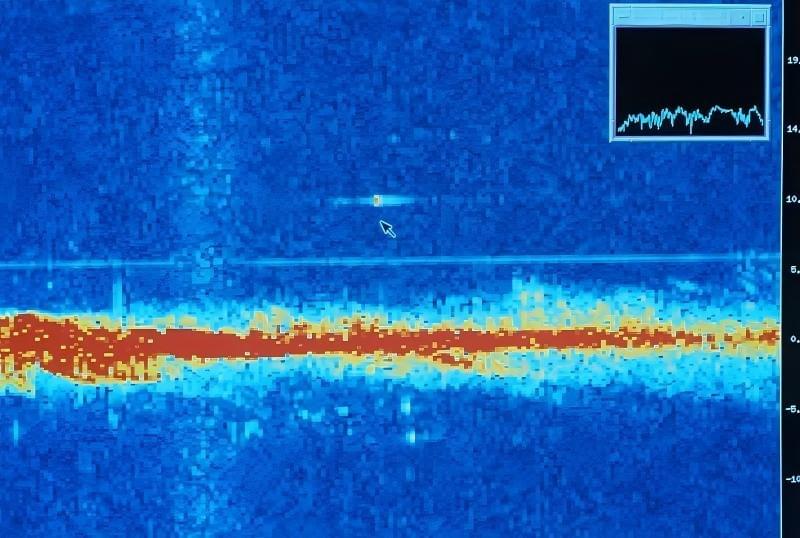
2. Full-Band Spectrum Detection Equipment: Comprehensive Coverage for Drone Defense Systems
Drones operate on a wide range of frequencies, and a Drone Defense System that only monitors a single band is vulnerable to evolving threats. Full-Band Spectrum Detection Equipment solves this problem by scanning the entire electromagnetic spectrum, ensuring no UAV—regardless of its frequency—escapes detection.
Why It’s Essential for Drone Defense Systems
- Counteracts Frequency Hopping: Modern drones often use frequency hopping (switching between bands to avoid detection). Full-band scanning tracks these changes, ensuring the Drone Defense System stays ahead of adaptive UAVs.
- Covers All Drone Types: From consumer drones (which use 2.4GHz or 5.8GHz bands) to military-grade UAVs (with custom frequency ranges), this equipment detects every type of drone. It eliminates blind spots that could be exploited by malicious operators.
- Future-Proofing: As drone technology evolves, new frequency bands may emerge. Full-band detection ensures Drone Defense Systems remain effective, even as UAVs adopt new communication methods.
Common Types of Full-Band Spectrum Detection Equipment
- Radio Frequency (RF) Sensors: These devices capture and analyze RF signals emitted by drones and their controllers. They can identify unique signal "fingerprints" of different UAV models, helping security teams classify threats.
- Signal Analyzers: Signal analyzers process data from RF sensors in real time, providing detailed information about the drone’s location, speed, and communication protocol. This data is critical for deciding which countermeasure to deploy.
- Wideband Receivers: These receivers capture signals across a broad frequency range, ensuring no band is missed. They are often used in fixed-site Drone Defense Systems (such as those protecting data centers or power plants) for continuous monitoring.
How It Enhances Drone Defense Systems
- Early Warning: By detecting drone signals as soon as they enter the area, full-band equipment gives security teams a head start. For example, at a large music festival, this technology detected a drone carrying a camera 10 minutes before it reached the stage, allowing security to intercept it.
- Improved Situational Awareness: The equipment provides a complete picture of all drone activity in the area, including multiple UAVs operating simultaneously. This is vital for defending against drone swarms—a growing threat to public safety.
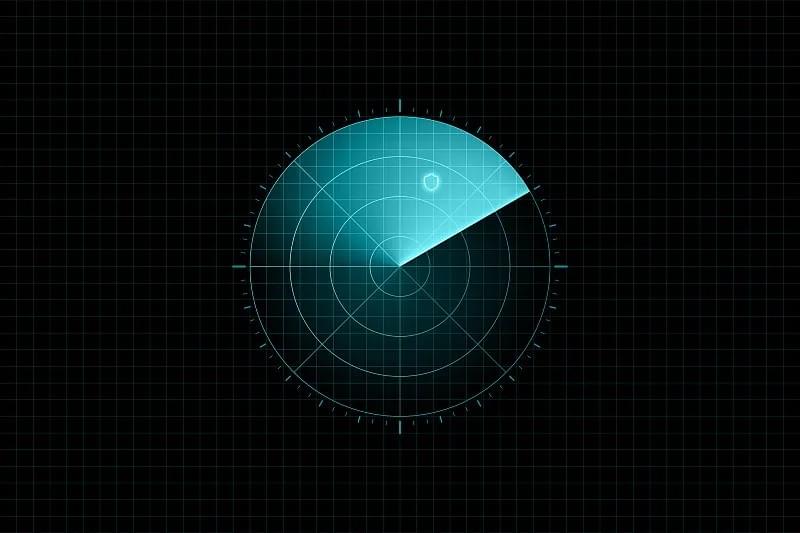
3. Frequency Band Spectrum Detection Equipment: Precision for Targeted Drone Defense
While full-band detection covers the entire spectrum, Frequency Band Spectrum Detection Equipment focuses on high-sensitivity monitoring of specific bands. This makes it a valuable complement to full-band tools in Drone Defense Systems, especially for sites with unique security needs.
Core Functions in Drone Defense Systems
- High Sensitivity: The equipment can pick up even the faintest signals from drones, including those using low-power transmitters (common in small, consumer-grade UAVs). This ensures no "stealthy" drone goes undetected.
- Signal Filtering: It filters out radio frequency interference (RFI) from other devices (such as cell phones or Wi-Fi routers), ensuring only drone signals trigger alerts. This reduces false alarms and keeps security teams focused.
- Real-Time Reporting: The system generates instant reports on detected drones, including their frequency, signal strength, and estimated location. This data is sent directly to security personnel via mobile or desktop interfaces.
Key Features for Operational Efficiency
- Portability: Many frequency band detectors are lightweight and portable, making them ideal for temporary Drone Defense Systems (such as those used for public events or emergency response).
- User-Friendly Interface: Designed for non-technical operators, the equipment’s interface presents data in a clear, visual format. This allows security teams to act quickly without needing advanced technical training.
- Integration Capabilities: It can be linked to other Drone Defense System components, such as directional jammers. For example, if the detector identifies a drone on a specific frequency, it automatically triggers a jammer tuned to that band.
Ideal Use Cases
- Event Security: For concerts, sports games, or political rallies, portable frequency band detectors are deployed around the venue to monitor for drones carrying cameras or explosives.
- Corporate Security: Data centers and tech campuses use this equipment to detect drones attempting to capture sensitive information (such as server layouts or proprietary technology).
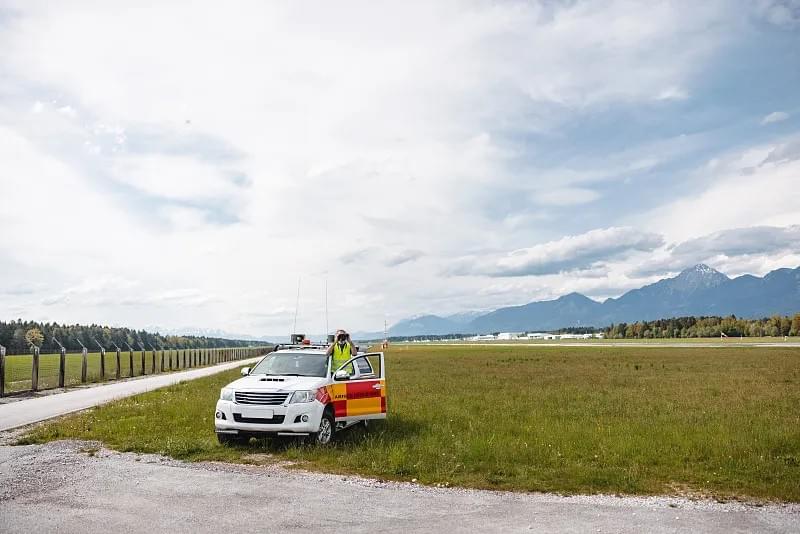
4. Directional Countermeasure Equipment: Targeted Neutralization in Drone Defense Systems
Once a drone is detected, the next step in Drone Defense Systems is neutralization—and Directional Countermeasure Equipment does this with precision. Unlike broad-spectrum jammers, which can disrupt nearby electronics, directional systems focus their countermeasures only on the target drone.
How It Neutralizes Drones
- RF Signal Disruption: The equipment emits high-powered, targeted radio frequency signals that disrupt the communication link between the drone and its controller. This forces the UAV to either land automatically (if programmed with a "return home" failsafe) or hover until its battery dies.
- GPS Jamming (Optional): Some directional systems also jam the drone’s GPS signal, preventing it from using location data to navigate. This is effective against drones that rely on GPS for waypoint navigation (common in commercial or military UAVs).
- Precision Targeting: Using data from detection systems (like radar or spectrum detectors), the countermeasure equipment locks onto the drone’s location. It directs its signals only at the target, avoiding interference with nearby devices (such as cell towers or emergency communications).
Advantages for Drone Defense Systems
- Minimal Collateral Damage: By focusing on a single drone, directional countermeasures avoid disrupting legitimate electronics. This is critical in urban areas, hospitals, or airports—where broad jamming could cause chaos.
- Rapid Response: The equipment can be deployed in seconds, making it ideal for time-sensitive threats. For example, at a government building, it neutralized a drone within 30 seconds of detection, preventing it from overflying a VIP area.
- Cost-Effective: Directional systems use less power than broad-spectrum jammers, reducing operational costs over time. They also require less maintenance, making them a sustainable choice for long-term Drone Defense Systems.
Real-World Success Stories
- Government Facilities: A major European government building used directional countermeasures to stop 17 drone incursions in a year. The system’s precision ensured no nearby office communications were disrupted.
- Critical Infrastructure: A nuclear power plant deployed the equipment to protect its perimeter. It successfully neutralized a drone that had strayed into restricted airspace, avoiding a potential security breach.
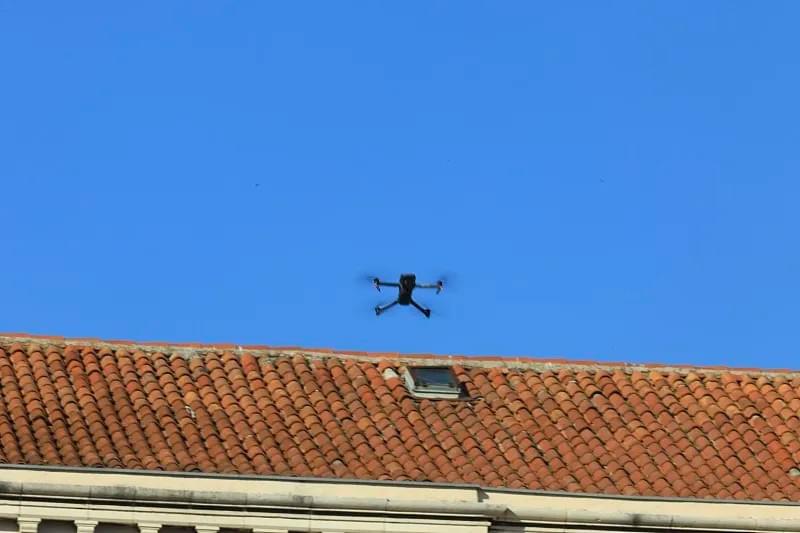
5. Omni-Directional Countermeasure Equipment: 360-Degree Protection for Drone Defense Systems
For sites that need complete airspace coverage (such as large stadiums or military bases), Omni-Directional Countermeasure Equipment is a cornerstone of Drone Defense Systems. This technology provides 360-degree protection, neutralizing drones coming from any direction simultaneously.
Cutting-Edge Technologies Used
- Multi-Band RF Jamming: Omni-directional systems jam multiple frequency bands at once, covering the most common drone communication and GPS bands. This ensures they can neutralize a wide range of UAVs, from consumer drones to advanced military models.
- GPS Spoofing: Some systems use GPS spoofing to send false location data to the drone. This tricks the UAV into thinking it is in a different area, causing it to deviate from its intended path or land in a safe, controlled zone.
- Simultaneous Multi-Target Handling: Unlike directional systems, which focus on one drone at a time, omni-directional equipment can neutralize multiple UAVs simultaneously. This is critical for defending against drone swarms—a threat that has become increasingly common in recent years.
Best Practices for Implementation
- Risk Assessment First: Before deploying omni-directional countermeasures, conduct a thorough risk assessment to identify high-threat areas and potential drone entry points. This ensures the equipment is placed for maximum coverage.
- Regular Testing and Calibration: To maintain effectiveness, test the equipment monthly and calibrate it to account for new drone frequencies or technologies. This keeps the Drone Defense System up-to-date with evolving threats.
- Personnel Training: Train security teams to operate the equipment and interpret its data. This includes understanding how to switch between jamming modes (e.g., RF only vs. RF + GPS) and how to respond to multiple drone threats.
Why It’s Critical for Large-Scale Drone Defense
- Covers Wide Areas: Omni-directional systems protect large sites (such as airports or seaports) with a single unit, reducing the need for multiple countermeasure devices.
- Defends Against Surprise Attacks: Since it covers all directions, the equipment can neutralize drones that approach from unexpected angles (e.g., over nearby buildings or through narrow corridors).
- Complements Other Drone Defense Systems: It works alongside radar and spectrum detection tools to create a full-circle security network. For example, if radar detects a swarm of drones, the omni-directional system can neutralize all of them at once.
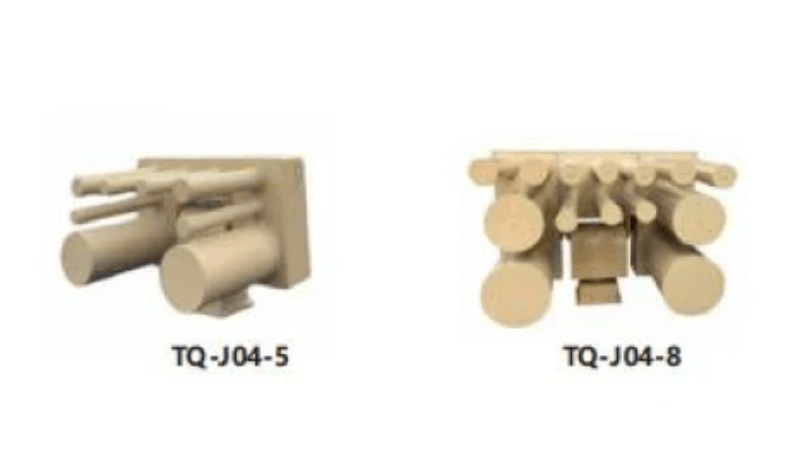
6. Vehicle-Mounted UAV Countermeasure System: Mobile Protection for Dynamic Drone Defense Systems
Not all Drone Defense Systems are fixed—some require mobility to protect moving targets or respond to emerging threats. Vehicle-Mounted UAV Countermeasure Systems fill this gap, providing on-the-go protection for convoys, VIP motorcades, and emergency response teams.
Versatility and Mobility Features
- Rapid Deployment: The system is mounted on vehicles (such as trucks, SUVs, or armored vehicles) that can be deployed to any location in minutes. This is ideal for responding to drone sightings in remote areas or temporary events.
- All-Terrain Capability: Many vehicle-mounted systems are designed for rough terrain, allowing them to operate in deserts, forests, or mountainous regions. This ensures Drone Defense Systems are not limited to urban or flat areas.
- Integrated Detection and Countermeasures: The vehicle combines radar, spectrum detection, and countermeasure tools in one unit. This means it can detect, track, and neutralize drones without relying on external systems—a critical feature for remote operations.
Real-World Deployments
- VIP Protection: During a G20 summit, vehicle-mounted countermeasures were used to protect world leaders’ motorcades. The systems detected and neutralized two drones that had strayed into the secure zone, ensuring the safety of the delegates.
- Border Patrol: Border security teams use the vehicles to monitor remote stretches of the border. In one instance, a vehicle-mounted system detected a drone smuggling drugs across a border, allowing agents to intercept the payload and arrest the operators.
- Emergency Response: After a natural disaster, the systems are deployed to prevent drones from interfering with rescue operations (e.g., by blocking airspace for helicopters or dropping unauthorized supplies).
Integration with Existing Drone Defense Infrastructure
- Data Sharing: The vehicle-mounted system shares real-time data with fixed Drone Defense Systems (such as airport radar or city-wide security networks). This creates a unified view of airspace activity, improving overall situational awareness.
- Backup Support: If a fixed countermeasure system fails, the vehicle-mounted unit can be dispatched to fill the gap. This ensures no area is left unprotected, even during equipment maintenance or emergencies.
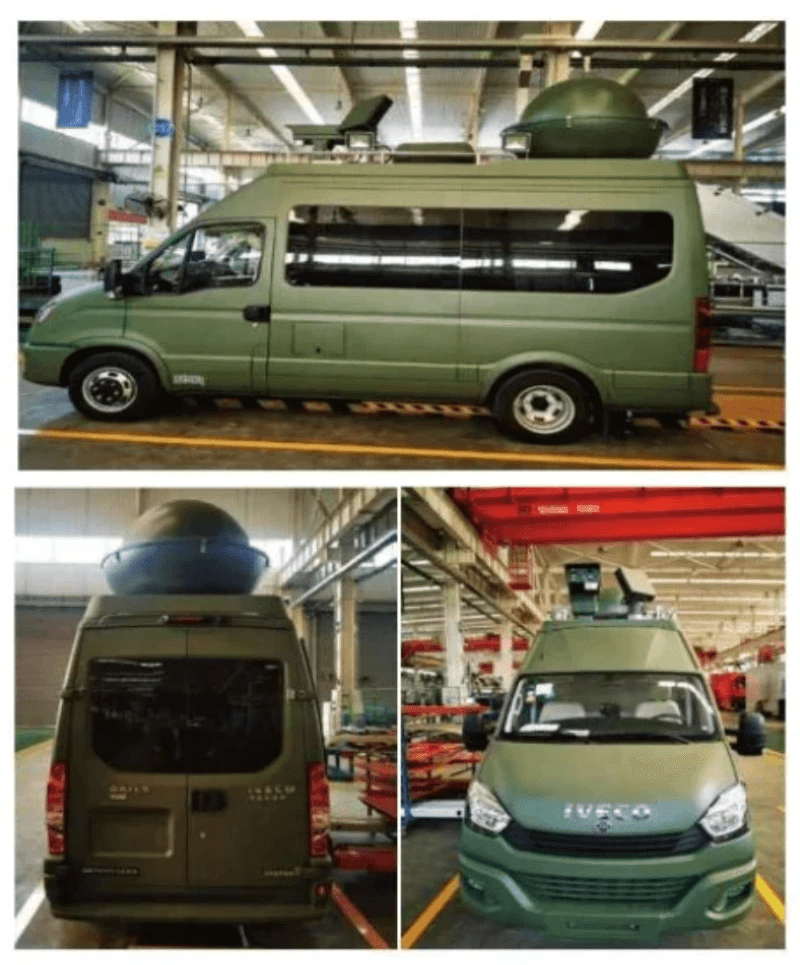
Choosing the Right Anti-Drone Weapons for Your Drone Defense Systems
With six powerful technologies to choose from, selecting the right anti-drone weapons depends on your specific security needs. Here’s a framework to guide your decision:
- Assess Your Threat Level: Identify the types of drones you are likely to face (e.g., consumer drones vs. military UAVs) and the frequency of potential incursions. For high-threat areas (like military bases), combine radar, full-band detection, and omni-directional countermeasures.
- Consider Your Site Size: Small sites (such as corporate offices) may only need portable frequency band detectors and directional jammers. Large sites (like airports) require radar, full-band detection, and omni-directional countermeasures.
- Evaluate Mobility Needs: If you need to protect moving targets (e.g., convoys) or temporary events, invest in vehicle-mounted and portable systems. Fixed sites can rely on stationary radar and omni-directional countermeasures.
- Prioritize Integration: Choose technologies that work together seamlessly. For example, Haisen’s TQ-R Series Radar can be paired with directional or omni-directional countermeasures to create a fully integrated Drone Defense System.
The Future of Drone Defense Systems
As drone technology evolves, so too will Drone Defense Systems. Here are the key trends to watch:
- AI-Powered Detection: Artificial intelligence will enhance target discrimination, reducing false alarms and improving the speed of threat identification.
- Laser Countermeasures: High-power lasers will become more compact and affordable, offering a silent, low-cost way to neutralize drones.
- Swarm Defense: New systems will be designed specifically to counter drone swarms, using advanced algorithms to coordinate multiple countermeasures at once.
Secure Your Airspace with Haisen’s Drone Defense Systems
At Haisen Global, we specialize in designing and deploying Drone Defense Systems that combine the six technologies outlined in this blog. Our solutions are tailored to your unique needs, whether you’re protecting an airport, military base, public event, or corporate campus.
With Haisen’s TQ-R Series Radar, full-band spectrum detection, and targeted countermeasures, you can:
- Detect drones early, even at low altitudes.
- Neutralize threats without disrupting legitimate electronics.
- Monitor and protect large areas with minimal resources.
Don’t wait until a drone breach compromises your security. Contact Haisen Global today to learn how our Drone Defense Systems can safeguard your critical areas.

